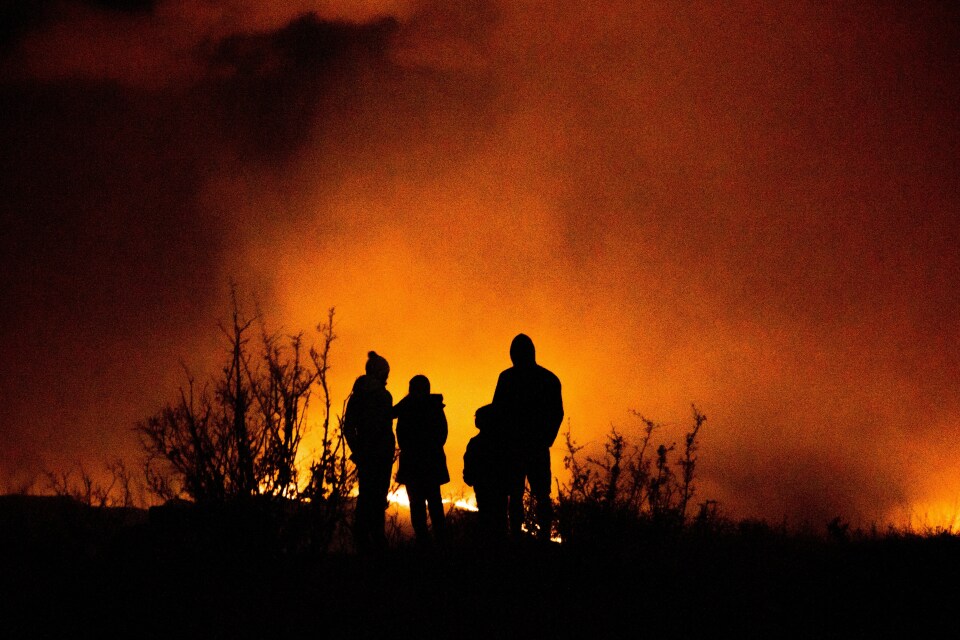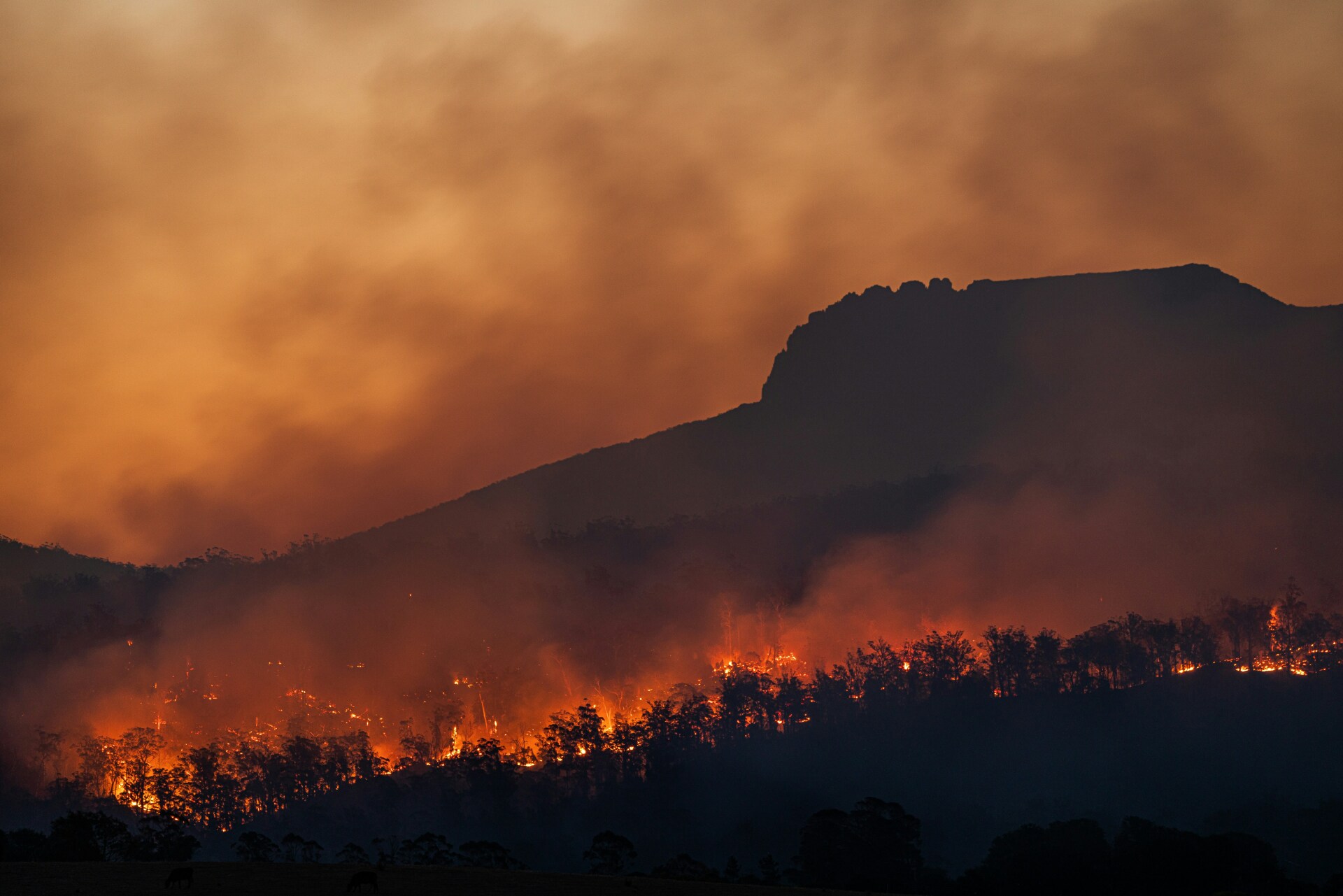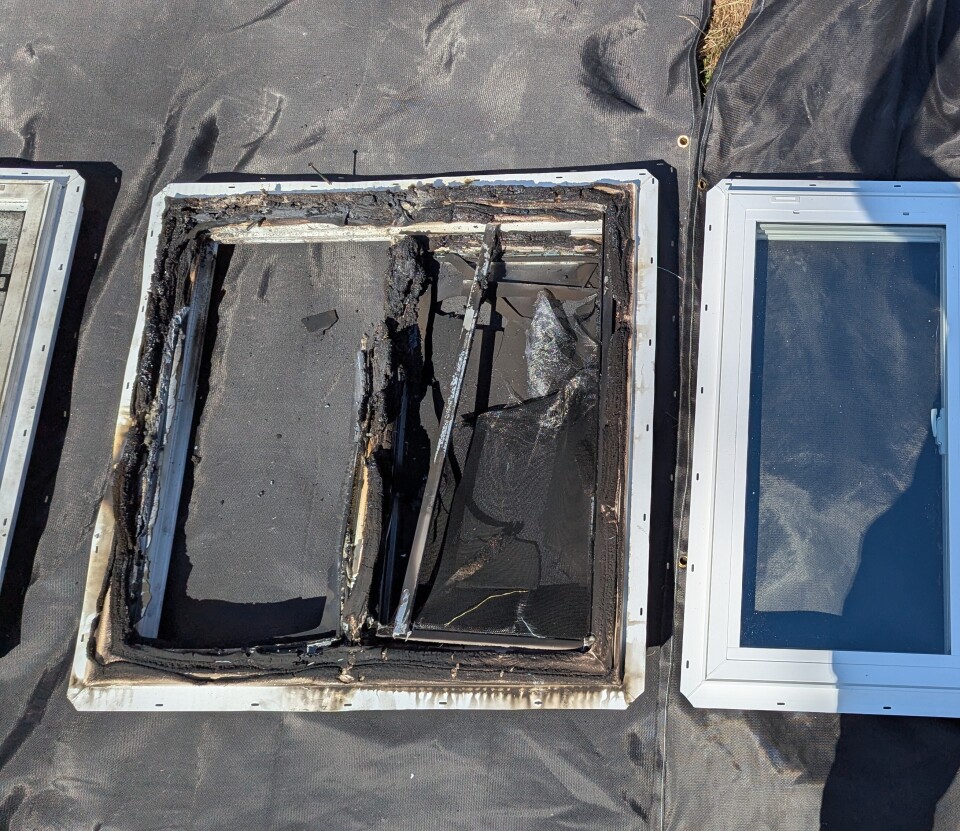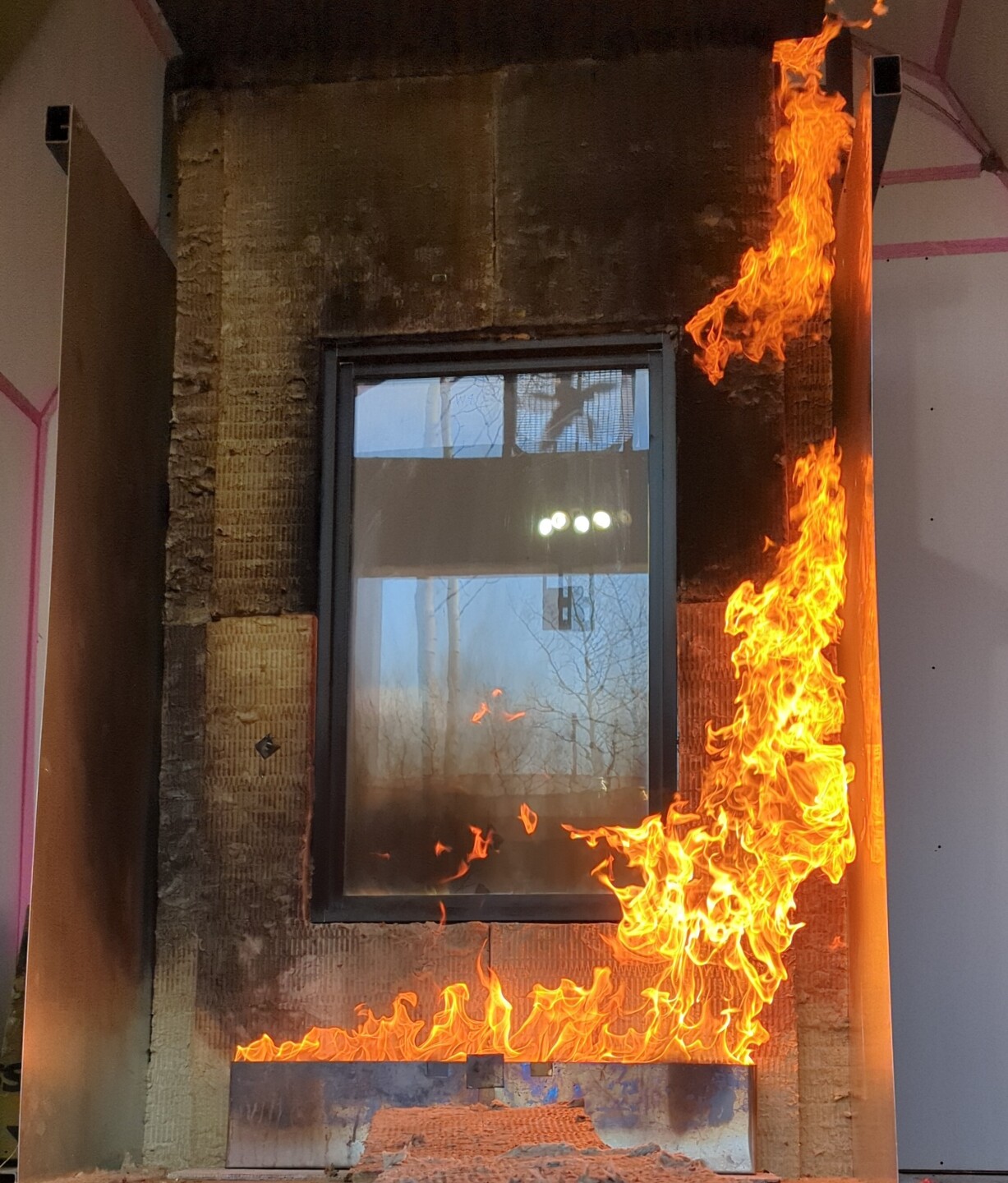
Wildfires Are Changing the Building Landscape
Wildfires are becoming more frequent, more intense, and more destructive across North America. According to the Canadian Interagency Forest Fire Centre, the 2023 wildfire season burned nearly 18 million hectares of land, far exceeding the 10-year national average. In the U.S., states like California continue to experience record-breaking fire events that threaten entire communities.
As wildfires increase in severity, architects, engineers, and builders are under growing pressure to design structures with increased odds of surviving these new extremes. Jurisdictions like British Columbia and California have updated their building codes and guidelines to prioritize wildfire resilience, particularly in Wildland-Urban Interface (WUI) zones. These are the areas where development meets natural vegetation, and where building materials and design choices matter most.





